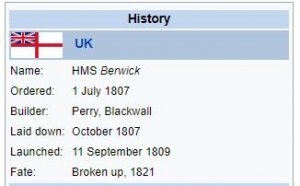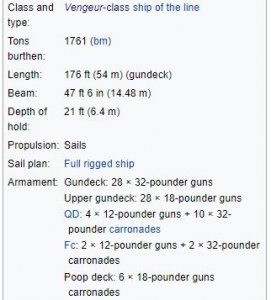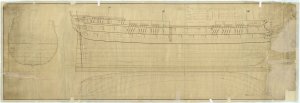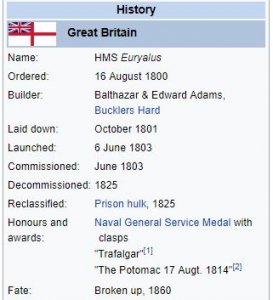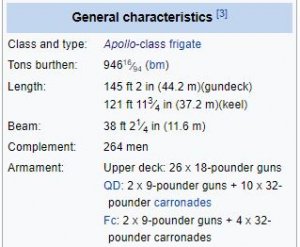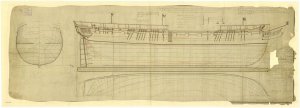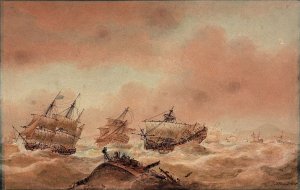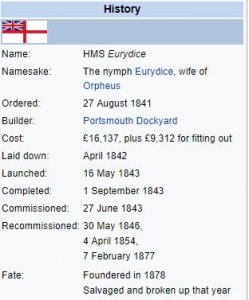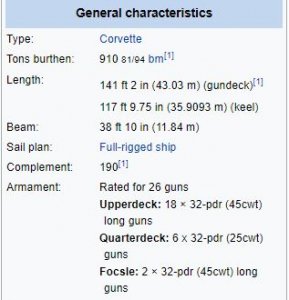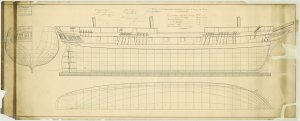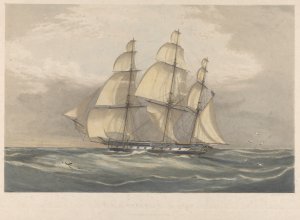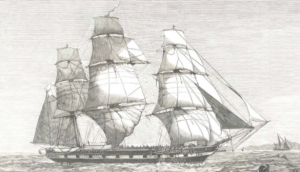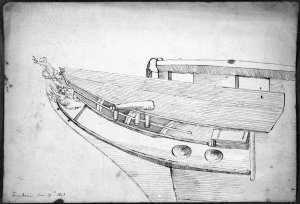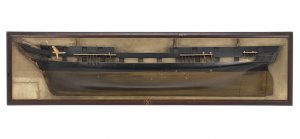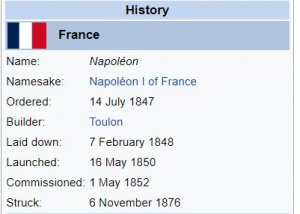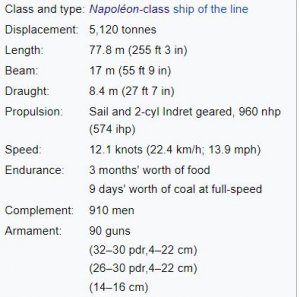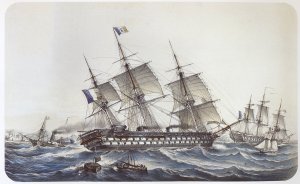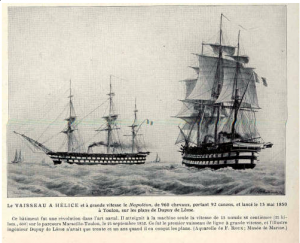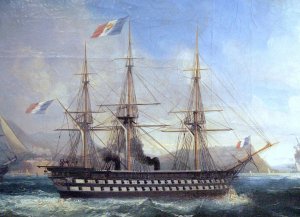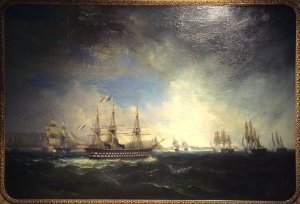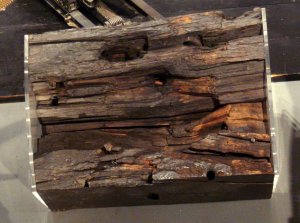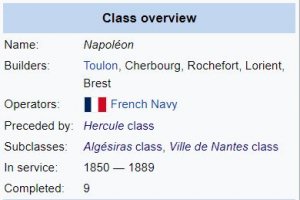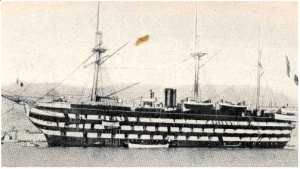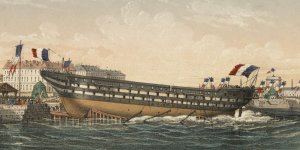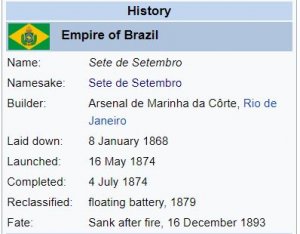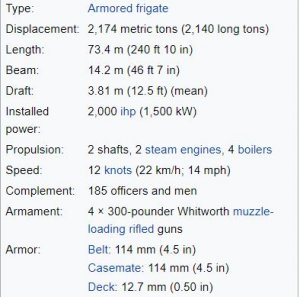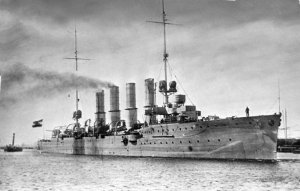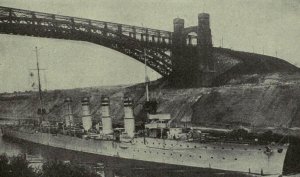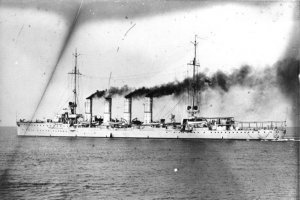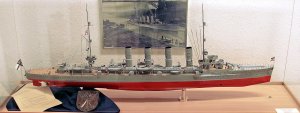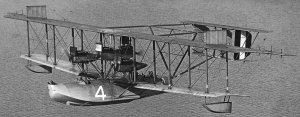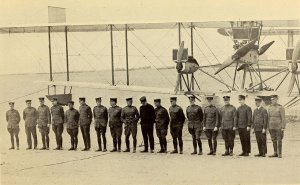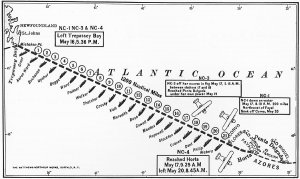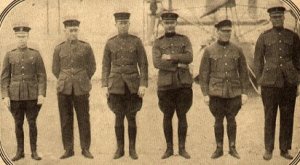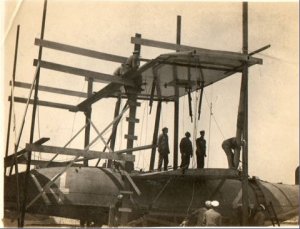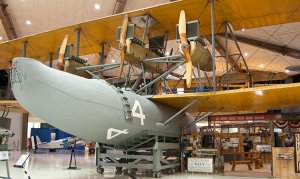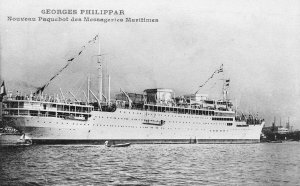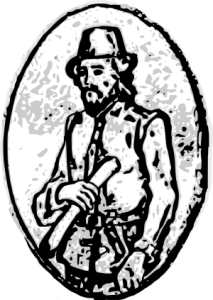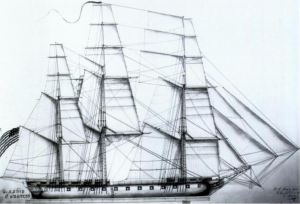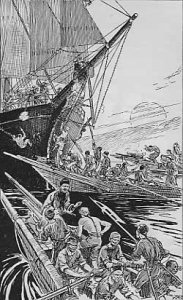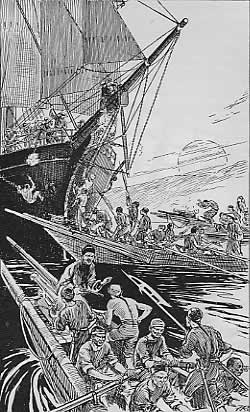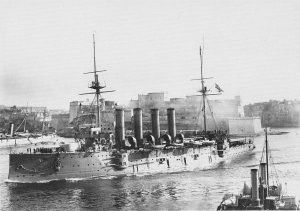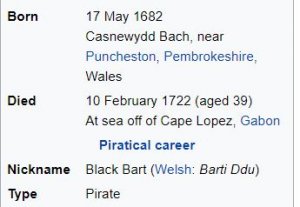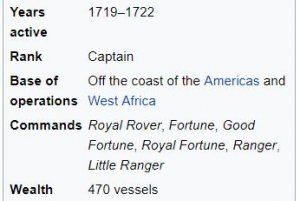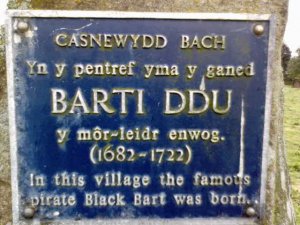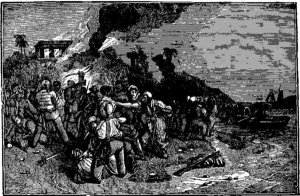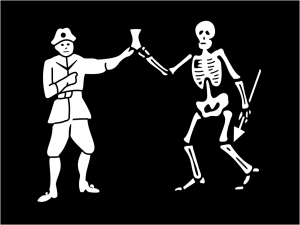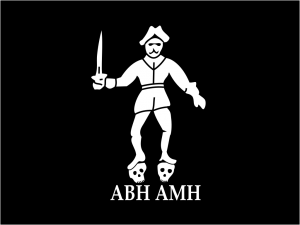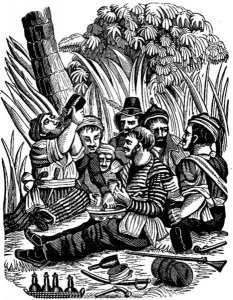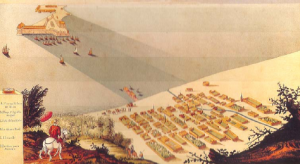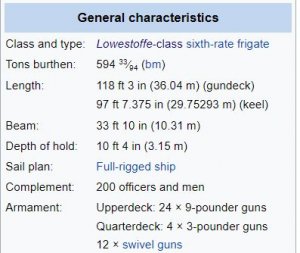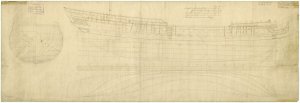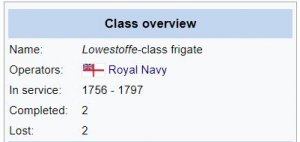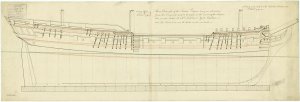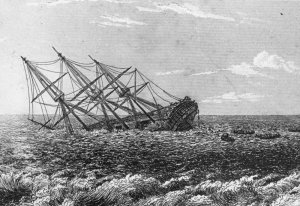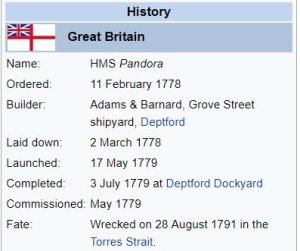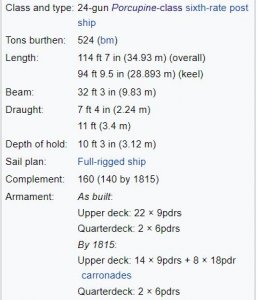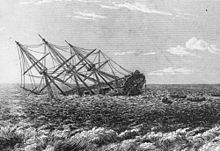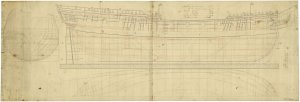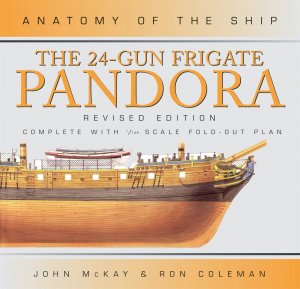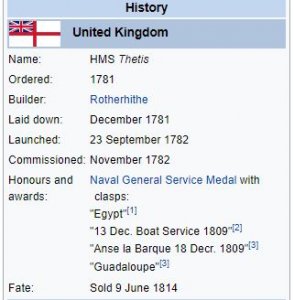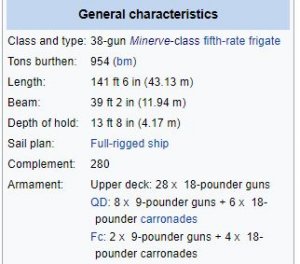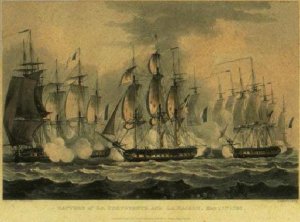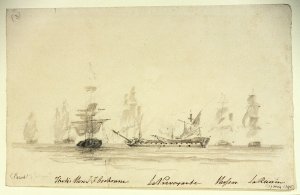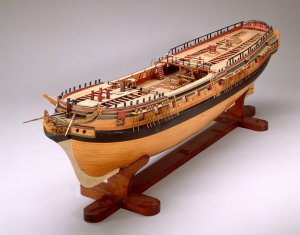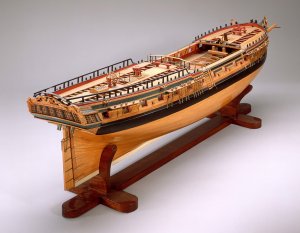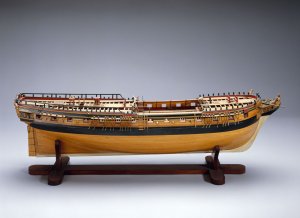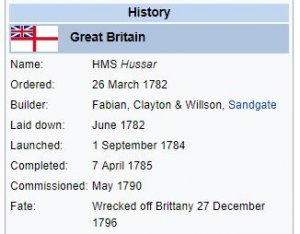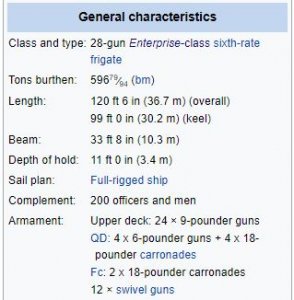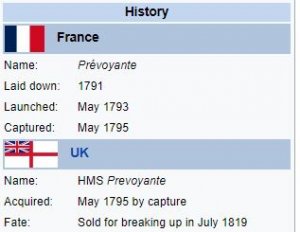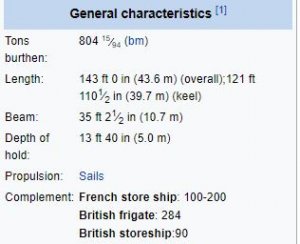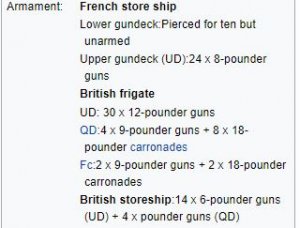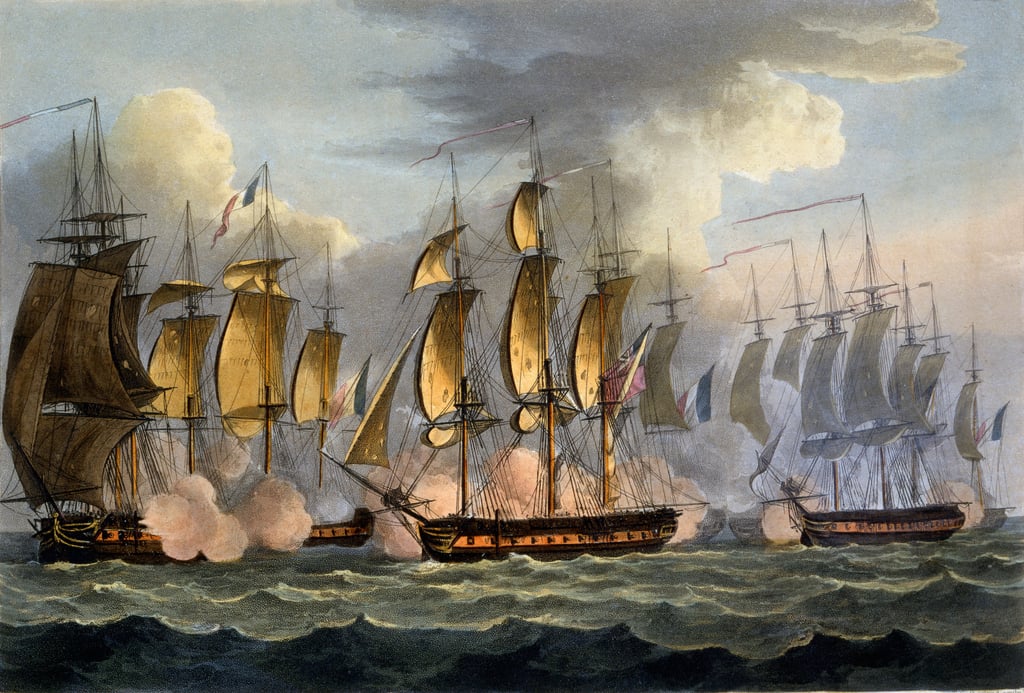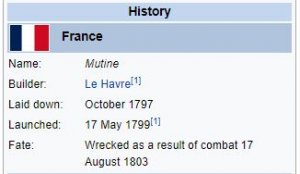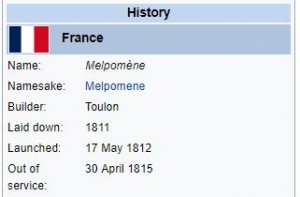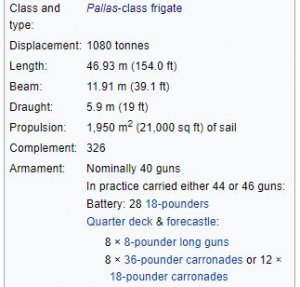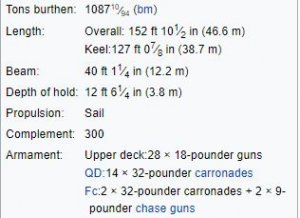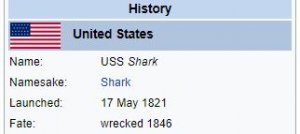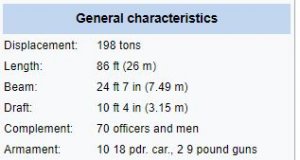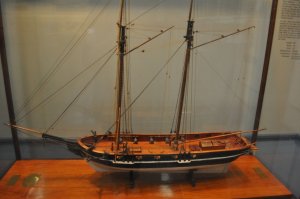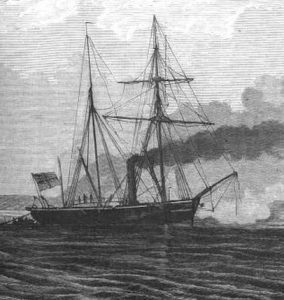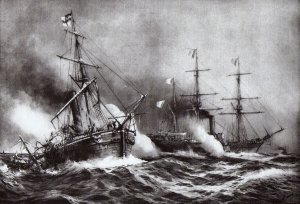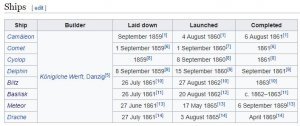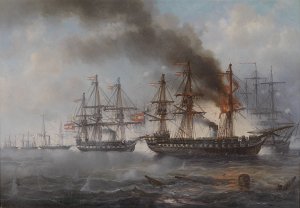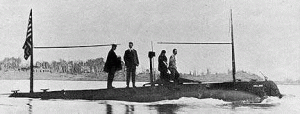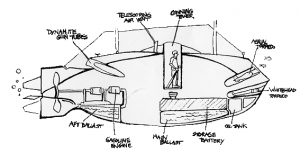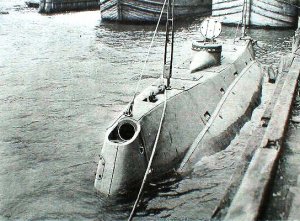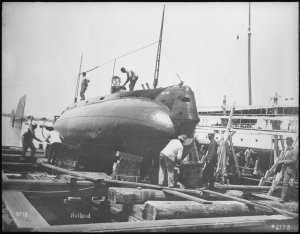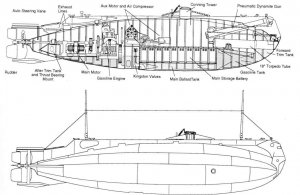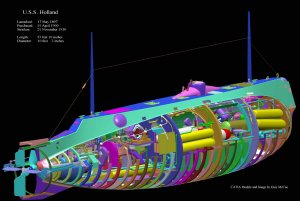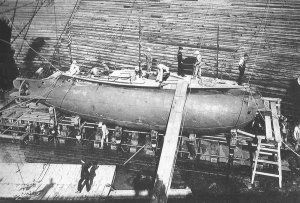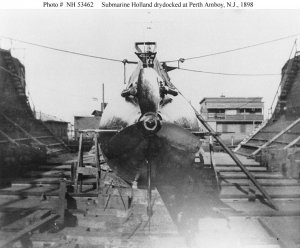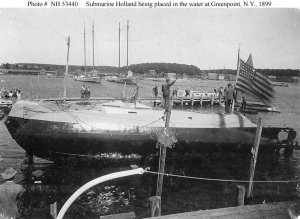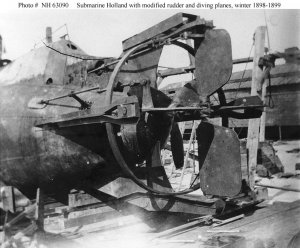Today in Naval History - Naval / Maritime Events in History
16 May 1811 - Little Belt affair
USS President (58), Commodore John Rodgers, engaged HMS Little Belt (20), Cptn. Arthur Bingham, off Cape Hatteras.
The Little Belt affair was a naval battle on the night of 16 May 1811. It involved the United States frigate USS President and the British sixth-rate HMS Little Belt, a sloop-of-war, which had originally been the Danish ship Lillebælt, before being captured by the British in the 1807 Battle of Copenhagen. The encounter took place off the North Carolina coast. The Little Belt Affair was one of many incidents and events that led to the War of 1812.
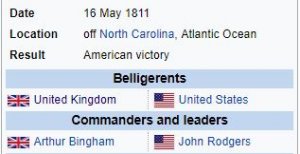
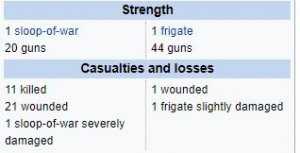
Background
The Little Belt affair occurred four years after the Chesapeake–Leopard affair of 1807, in which HMS Leopard had attacked USS Chesapeake, killing three, wounding eighteen, and putting four of her sailors on trial for desertion. It was fifteen days after an incident involving HMS Guerriere, a frigate. On 1 May 1811 HMS Guerriere had stopped the brig USS Spitfire off Sandy Hook in New Jersey and had impressed Maine citizen John Diggio, the apprentice sailing master of Spitfire. Secretary of the Navy Paul Hamilton had ordered President, along with USS Argus, to patrol the coastal areas from the Carolinas to New York.
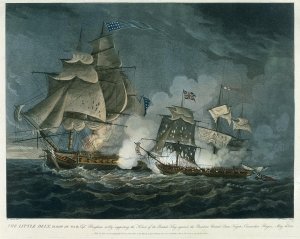
This coloured aquatint by William Elmes depicts the engagement between the American ‘President’ and the British ‘Little Belt’; they are shown on the left and right respectively. Both vessels are shown in port bow view, with ‘President’ in the act of firing one of her cannons. Although both vessels have had their sails shot through, the damage to ‘Little Belt’ is more extensive, including the collapse of the lower yard on the mizzen mast. The scene is filled with smoke with no distinguishing features. J.J. College in ‘Ships of the Royal Navy, Vol. I’ states that the ‘President’ captured ‘Little Belt’; however, this, it appears, is incorrect. In Captain Bingham’s biography (John Marshall, ‘Royal Naval Biography’, London, 1829) his official report to Rear-Admiral Sawyer is quoted and from this account we find that ‘Little Belt’ was able to reach Halifax, but was then taken out of service. This action took place before war had been declared between Britain and the USA (the volume of ‘Royal Naval Biography’ containing Bingham’s report of the action is subtitled ‘Post-Captains of 1812’ and ‘Supplement – Part III’; now it is usual to call the volume ‘No. 11’. The report is on pp. 51-53.)
The Affair
Chase
Commodore John Rodgers, commanding the frigate President, had left Annapolis several days earlier and was aware of the Guerriere incident. He was off the Virginia Capes and sailing up the coast towards New York. Little Belt was sighted to the east at about noon on 16 May. Believing her to be Guerriere, Rodgers pursued. Little Belt's captain, Arthur Bingham, had spotted President one hour earlier. Bingham signaled President asking for identification but received none. However, he noticed a blue pennant showing the ship's nationality was American. Bingham continued south, but Rodgers continued his pursuit because he wanted to know the stranger's identity. By 15:30, President was close enough for Rodgers to make out part of the British ship's stern. However, the angle at which he saw her made her appear larger than she was. Little Belt was much smaller than President, displacing only 460 tons in contrast to President's 1,576. The sloop mounted 20 guns, while President carried 56.
Battle
The British and American accounts disagree on what followed. As President closed with Little Belt, Bingham thought the frigate was manuevering to rake his ship with gunfire. Bingham wore ship three times to avoid the threat. The ships were not within hailing range until long after sunset. At about 10:15, each captain demanded the other identify his ship. Each refused to answer before the other. Each captain later claimed he had been the first to ask. Shortly after this a shot was fired, but it is disputed who shot it. The ships were soon engaged in a battle which the sloop had no chance of winning. After fifteen minutes, most of Bingham's guns had been put out of action, and Rodgers ordered a cease fire. President returned and Rodgers asked Bingham if he had struck. Bingham replied he had not, and President withdrew.
Aftermath
President had only one man injured. Little Belt suffered nine dead and 23 injured (two of them fatally). The sloop was also badly damaged in the encounter. The next morning, Lieutenant John Creighton went from President to Little Belt to lament the affair and offer Bingham space at any American port, which he declined. Bingham asked why President had attacked his much smaller ship. Creighton said it was because Little Belt had "provoked" the action. Bingham rejected the charge.
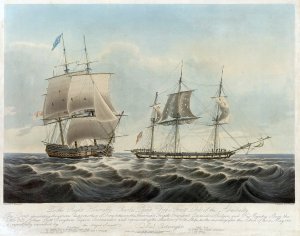
President and HMS Little Belt
President sailed on to New York City, and Little Belt went to the North America Station in Halifax, Nova Scotia, escorted by HMS Goree The British and American governments argued about the encounter for months. Rodgers insisted that he had mistaken the sloop for a frigate and was adamant that Bingham had fired first. The Admiralty expressed their confidence in Bingham and promoted him to post-captain on 7 February 1812.
On 19 August 1812, after war had finally broken out, HMS Guerriere sailed into her ill-fated action against USS Constitution. Painted across her fore topsail were the words "NOT THE LITTLE BELT".
Lillebælt was a Danish 22-gun warship launched in 1801. The Danes surrendered her to the Royal Navy in 1807 and she became the 20-gun post ship HMS Little Belt. In a single-ship action in 1811 while the United States of America was at peace with Great Britain, USS President fired on Little Belt, ostensibly believing her to be HMS Guerriere, which had recently abducted a sailor from USS Spitfire. Still to this day history is not sure who took the first shot, both sides convinced the other had fired initially. This action was the eponymous "Little Belt Affair". Her captain at the time, Arthur Batt Bingham, maintained that the Americans fired first and that although his vessel had suffered heavy casualties he had not at any time surrendered. She was broken up in 1811.
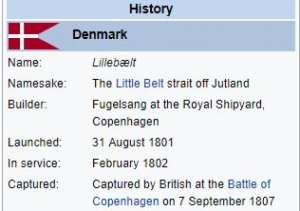
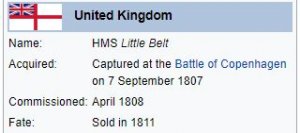
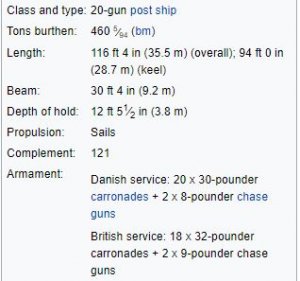
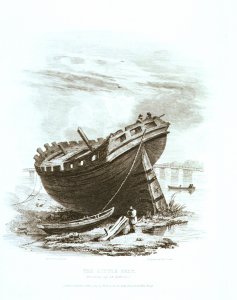
The Little Belt Breaking up at Battersea (PAD6072)
USS President was a wooden-hulled, three-masted heavy frigate of the United States Navy, nominally rated at 44 guns. George Washington named her to reflect a principle of the United States Constitution. She was launched in April 1800 from a shipyard in New York City. President was one of the original six frigates whose construction the Naval Act of 1794 had authorized, and she was the last to be completed. Joshua Humphreys designed these frigates to be the young Navy's capital ships, and so President and her sisters were larger and more heavily armed and built than standard frigates of the period. Forman Cheeseman, and later Christian Bergh were in charge of her construction. Her first duties with the newly formed United States Navy were to provide protection for American merchant shipping during the Quasi War with France and to engage in a punitive expedition against the Barbary pirates in the First Barbary War.
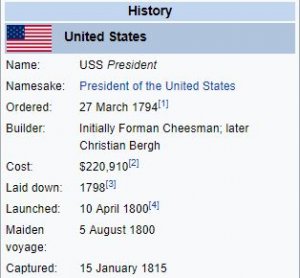
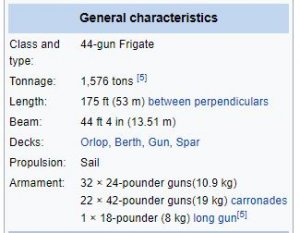

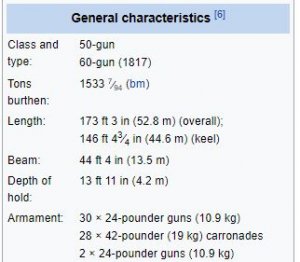
On 16 May 1811, President was at the center of the Little Belt Affair; her crew mistakenly identified HMS Little Belt as HMS Guerriere, which had impressed an American seaman. The ships exchanged cannon fire for several minutes. Subsequent U.S. and Royal Navy investigations placed responsibility for the attack on each other without a resolution. The incident contributed to tensions between the U.S. and Great Britain that led to the War of 1812.
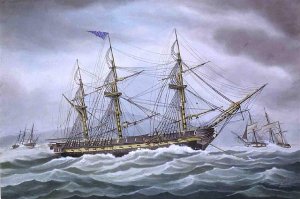
President rides out a storm at anchor.
During the war, President made several extended cruises, patrolling as far away as the English Channel and Norway; she captured the armed schooner HMS Highflyer and numerous merchant ships. In January 1815, after having been blockaded in New York for a year by the Royal Navy, President attempted to run the blockade, and was chased by a blockading squadron. During the chase, she was engaged and crippled by the frigate HMS Endymion off the coast of the city. The British squadron captured President soon after, and the Royal Navy took her into service as HMS President until she was broken up in 1818. President's design was copied and used to build the next HMS President in 1829.
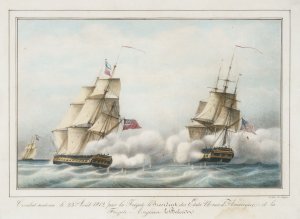
Combat soutenu le 23 Aout 1812 par la Fregate le President des Etats-Unis d' Amerique, et la Fregate Anglais le Belvedere (PAD5816)

 en.wikipedia.org
https://en.wikipedia.org/wiki/HMS_Little_Belt_(1807)
en.wikipedia.org
https://en.wikipedia.org/wiki/HMS_Little_Belt_(1807)

 en.wikipedia.org
en.wikipedia.org
16 May 1811 - Little Belt affair
USS President (58), Commodore John Rodgers, engaged HMS Little Belt (20), Cptn. Arthur Bingham, off Cape Hatteras.
The Little Belt affair was a naval battle on the night of 16 May 1811. It involved the United States frigate USS President and the British sixth-rate HMS Little Belt, a sloop-of-war, which had originally been the Danish ship Lillebælt, before being captured by the British in the 1807 Battle of Copenhagen. The encounter took place off the North Carolina coast. The Little Belt Affair was one of many incidents and events that led to the War of 1812.


Background
The Little Belt affair occurred four years after the Chesapeake–Leopard affair of 1807, in which HMS Leopard had attacked USS Chesapeake, killing three, wounding eighteen, and putting four of her sailors on trial for desertion. It was fifteen days after an incident involving HMS Guerriere, a frigate. On 1 May 1811 HMS Guerriere had stopped the brig USS Spitfire off Sandy Hook in New Jersey and had impressed Maine citizen John Diggio, the apprentice sailing master of Spitfire. Secretary of the Navy Paul Hamilton had ordered President, along with USS Argus, to patrol the coastal areas from the Carolinas to New York.

This coloured aquatint by William Elmes depicts the engagement between the American ‘President’ and the British ‘Little Belt’; they are shown on the left and right respectively. Both vessels are shown in port bow view, with ‘President’ in the act of firing one of her cannons. Although both vessels have had their sails shot through, the damage to ‘Little Belt’ is more extensive, including the collapse of the lower yard on the mizzen mast. The scene is filled with smoke with no distinguishing features. J.J. College in ‘Ships of the Royal Navy, Vol. I’ states that the ‘President’ captured ‘Little Belt’; however, this, it appears, is incorrect. In Captain Bingham’s biography (John Marshall, ‘Royal Naval Biography’, London, 1829) his official report to Rear-Admiral Sawyer is quoted and from this account we find that ‘Little Belt’ was able to reach Halifax, but was then taken out of service. This action took place before war had been declared between Britain and the USA (the volume of ‘Royal Naval Biography’ containing Bingham’s report of the action is subtitled ‘Post-Captains of 1812’ and ‘Supplement – Part III’; now it is usual to call the volume ‘No. 11’. The report is on pp. 51-53.)
The Affair
Chase
Commodore John Rodgers, commanding the frigate President, had left Annapolis several days earlier and was aware of the Guerriere incident. He was off the Virginia Capes and sailing up the coast towards New York. Little Belt was sighted to the east at about noon on 16 May. Believing her to be Guerriere, Rodgers pursued. Little Belt's captain, Arthur Bingham, had spotted President one hour earlier. Bingham signaled President asking for identification but received none. However, he noticed a blue pennant showing the ship's nationality was American. Bingham continued south, but Rodgers continued his pursuit because he wanted to know the stranger's identity. By 15:30, President was close enough for Rodgers to make out part of the British ship's stern. However, the angle at which he saw her made her appear larger than she was. Little Belt was much smaller than President, displacing only 460 tons in contrast to President's 1,576. The sloop mounted 20 guns, while President carried 56.
Battle
The British and American accounts disagree on what followed. As President closed with Little Belt, Bingham thought the frigate was manuevering to rake his ship with gunfire. Bingham wore ship three times to avoid the threat. The ships were not within hailing range until long after sunset. At about 10:15, each captain demanded the other identify his ship. Each refused to answer before the other. Each captain later claimed he had been the first to ask. Shortly after this a shot was fired, but it is disputed who shot it. The ships were soon engaged in a battle which the sloop had no chance of winning. After fifteen minutes, most of Bingham's guns had been put out of action, and Rodgers ordered a cease fire. President returned and Rodgers asked Bingham if he had struck. Bingham replied he had not, and President withdrew.
Aftermath
President had only one man injured. Little Belt suffered nine dead and 23 injured (two of them fatally). The sloop was also badly damaged in the encounter. The next morning, Lieutenant John Creighton went from President to Little Belt to lament the affair and offer Bingham space at any American port, which he declined. Bingham asked why President had attacked his much smaller ship. Creighton said it was because Little Belt had "provoked" the action. Bingham rejected the charge.

President and HMS Little Belt
President sailed on to New York City, and Little Belt went to the North America Station in Halifax, Nova Scotia, escorted by HMS Goree The British and American governments argued about the encounter for months. Rodgers insisted that he had mistaken the sloop for a frigate and was adamant that Bingham had fired first. The Admiralty expressed their confidence in Bingham and promoted him to post-captain on 7 February 1812.
On 19 August 1812, after war had finally broken out, HMS Guerriere sailed into her ill-fated action against USS Constitution. Painted across her fore topsail were the words "NOT THE LITTLE BELT".
Lillebælt was a Danish 22-gun warship launched in 1801. The Danes surrendered her to the Royal Navy in 1807 and she became the 20-gun post ship HMS Little Belt. In a single-ship action in 1811 while the United States of America was at peace with Great Britain, USS President fired on Little Belt, ostensibly believing her to be HMS Guerriere, which had recently abducted a sailor from USS Spitfire. Still to this day history is not sure who took the first shot, both sides convinced the other had fired initially. This action was the eponymous "Little Belt Affair". Her captain at the time, Arthur Batt Bingham, maintained that the Americans fired first and that although his vessel had suffered heavy casualties he had not at any time surrendered. She was broken up in 1811.




The Little Belt Breaking up at Battersea (PAD6072)
USS President was a wooden-hulled, three-masted heavy frigate of the United States Navy, nominally rated at 44 guns. George Washington named her to reflect a principle of the United States Constitution. She was launched in April 1800 from a shipyard in New York City. President was one of the original six frigates whose construction the Naval Act of 1794 had authorized, and she was the last to be completed. Joshua Humphreys designed these frigates to be the young Navy's capital ships, and so President and her sisters were larger and more heavily armed and built than standard frigates of the period. Forman Cheeseman, and later Christian Bergh were in charge of her construction. Her first duties with the newly formed United States Navy were to provide protection for American merchant shipping during the Quasi War with France and to engage in a punitive expedition against the Barbary pirates in the First Barbary War.




On 16 May 1811, President was at the center of the Little Belt Affair; her crew mistakenly identified HMS Little Belt as HMS Guerriere, which had impressed an American seaman. The ships exchanged cannon fire for several minutes. Subsequent U.S. and Royal Navy investigations placed responsibility for the attack on each other without a resolution. The incident contributed to tensions between the U.S. and Great Britain that led to the War of 1812.

President rides out a storm at anchor.
During the war, President made several extended cruises, patrolling as far away as the English Channel and Norway; she captured the armed schooner HMS Highflyer and numerous merchant ships. In January 1815, after having been blockaded in New York for a year by the Royal Navy, President attempted to run the blockade, and was chased by a blockading squadron. During the chase, she was engaged and crippled by the frigate HMS Endymion off the coast of the city. The British squadron captured President soon after, and the Royal Navy took her into service as HMS President until she was broken up in 1818. President's design was copied and used to build the next HMS President in 1829.

Combat soutenu le 23 Aout 1812 par la Fregate le President des Etats-Unis d' Amerique, et la Fregate Anglais le Belvedere (PAD5816)

Little Belt affair - Wikipedia




